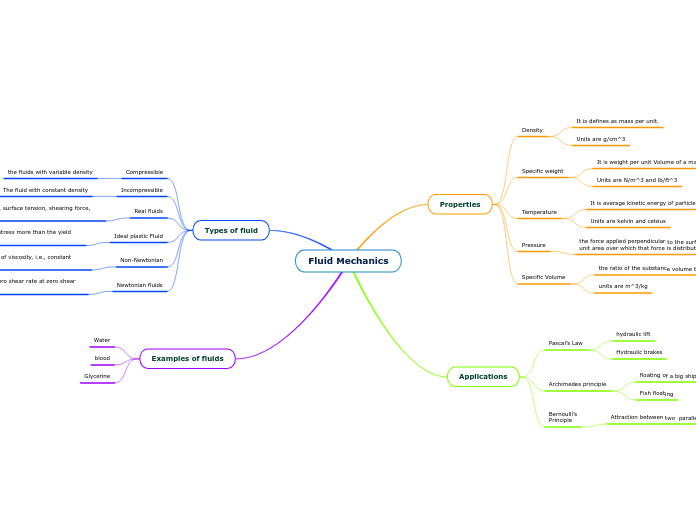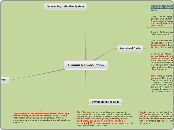eukaryotes
reproduction
miosis
mitosis :- Asexual reproduction ( 2n)
miosis :-sexual reproduction (n)
mitosis
properties
have steroid and carbohydrate at plasma membrene
large size of ribosome
have complex flagella and multiple microtubule
cytoskeleton
cell wall are chemical complex
have organelles
complex cell
cell wall and glycocalyx
contain carbohydrate
contain serols to increase osmotic lysis
composition
yeast: glucan and mannan
fungi : chitin
Algae and plant : cellulose
simple and lack of peptidoglycan
structure
ribosome
size
eukaryote : 80s
prokartote: 70s
found free in cytoplasm or associated with ER
have subunit
small :40s
large: 60s
cytoplasm
sequre many enzyme
have cytoskeleton
intermediate filament
microfilament
organelles
centrosome
peroxisome
Subtopic
catalase of decompose of hydrodioxide
oxidation of organic substance
mitochondria
matrix
cristae
inter membrane space
inner/outer membrene
oval and sausage shape
produce energy
site of repiration
vacuole
tyoe
contractile vacuole
regulate water balance byy remove excess water from cell
food or digestion vacuole
englulf nutreints in protozoa
central vacuole
store starch,water,pigment poison and waste
lysosome
molecular garbage
destruction of foreign materials
digest food particle
breakdown died cell
break down various molecule
digest bacteria
golgi apparatus
pakage digestive enzyme in lysosome
shipping side
modifies
receiving side
chloroplast
disc shape with 3 membrane system
site of protein synthesis
endoplasmic reticulum
SER
calcium storage for cell and muscle contrsction
regulate sugar release from liver into blood
breakdown of toxic compounds
lipid synthesis
RER
synthesis of cell and organelle membrane
synthesis and modification of protein
nucleus
function
ribosome synthesis
mastermind of eukaryotic cell
largest structure of cell
protect cell genetic
genetic material combine with histone in :
chromosome
chromatin
nuclear pore
double nuclear membrane
flagella and cilia
enclose by plasma membrane and cytoplasm
nine pair+ 2 arrangement
tubulins
microtubules
use for locomotion or movement









